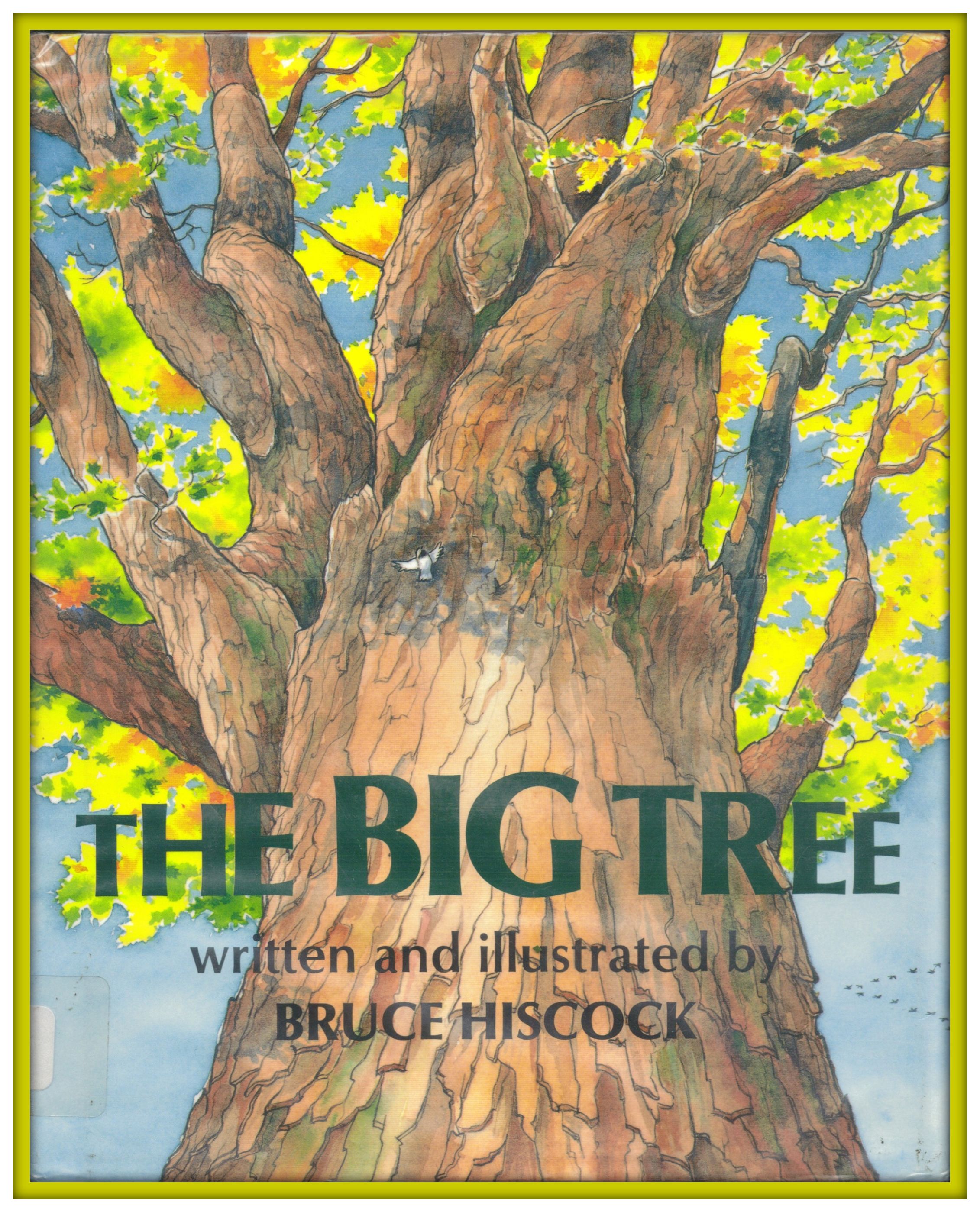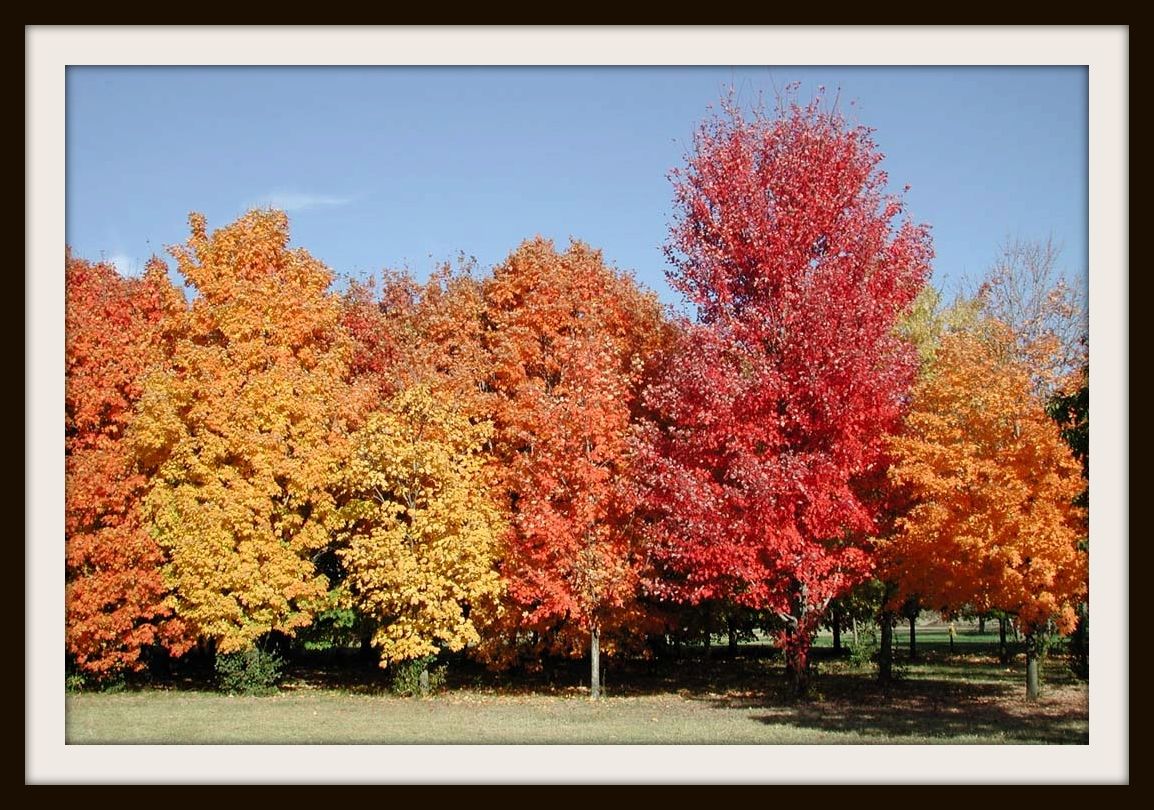
The Big Tree
Written and Illustrated by: Bruce Hiscock
Intended Grade Level: 4th
Website Created By: Allison Moore

Summary
In 1775, a seedling fell from a maple tree and after snowfall, began to grow. This was during the time of the American Revolution, but the war never went into the forest. As many seasons pass, the tree grew bigger. During the Civil War, the sugar maple was used for its sap and also provided shelter and shade. One year, there was a bad snowstorm and it broke some of the tree's branches off. But after 200 years, the sugar maple stands tall and will continue to grow for many years. This book also tells the history of how trees grow in the United States-there are detailed illustrations over how this sugar maple trees makes sugar, how photosynthesis works, what tree rings represent and what happens underneath the earth when a tree is growing.
Picture of sugar maple trees:

The Author

Bruce Hiscock was born in 1940 and raised in Ann Arbor, Michigan. In college he studied science and earned a Ph.D. in chemistry from Cornell. Later, he decided to work on children's books, and today he spends most of his time illustrating books and working with children. He now lives in Porter Corners, New York, in a house he built with trees he cut down in the woods. To get more information, visit his website: http://www.brucehiscock.com/
![]() Materials
Needed
Materials
Needed![]()
Book: The Big Tree
Computer with Internet access
Writing utensil (pencil or pen)
Sheet of notebook/scratch paper
Printer
Before you do anything, print off this
KWL Chart
and read the directions.
![]() Prereading
Prereading![]()
Activity 1: What do you know about trees? List three facts/guesses that you know about trees (example: there are many different trees and none are alike)
Activity 2: Visit this website: http://www.arborday.org/kids/carly/majestictrees/ and learn about the history of trees in America all the way back to 2000 B.C.!
![]() Reading
Reading![]()
Activity 1: While you are reading, write down the different parts of a tree (example: bark, branches, leaves, etc.)
Activity 2: Print and complete this tree word search over the different parts of a tree.
Activity 3: Visit this website: http://www.arborday.org/kids/carly/lifeofatree/ and learn more about the life of a tree.
![]() Post-Reading
Post-Reading![]()
Activity 1:Visit this website and test your knowledge about America's trees. http://arborday.org/kids/carly/treellionaire/ There are twelve total questions, and there is help if needed. (For this one, you need to write down how many answers you got correct when the game is over.)
Activity 2: While working with a partner (or solo), you can play this game: http://www.arborday.org/kids/carly/treevialpursuit/treevial_pursuit.cfm to learn more about trees through these four categories: tree products, tree history and facts, tree biology, and trees in literature, song and verse.
Activity 3: Listen to this song http://www.kidsknowit.com/educational-songs/play-educational-song.php?song=Lets%20Name%20The%20Parts%20of%20A%20Tree and learn about the different parts of a tree.
(Click HERE for the lyrics to this song)
Finally, print off this RUBRIC and complete when you are done with the activities.
Tree images borrowed from:
www.google.com